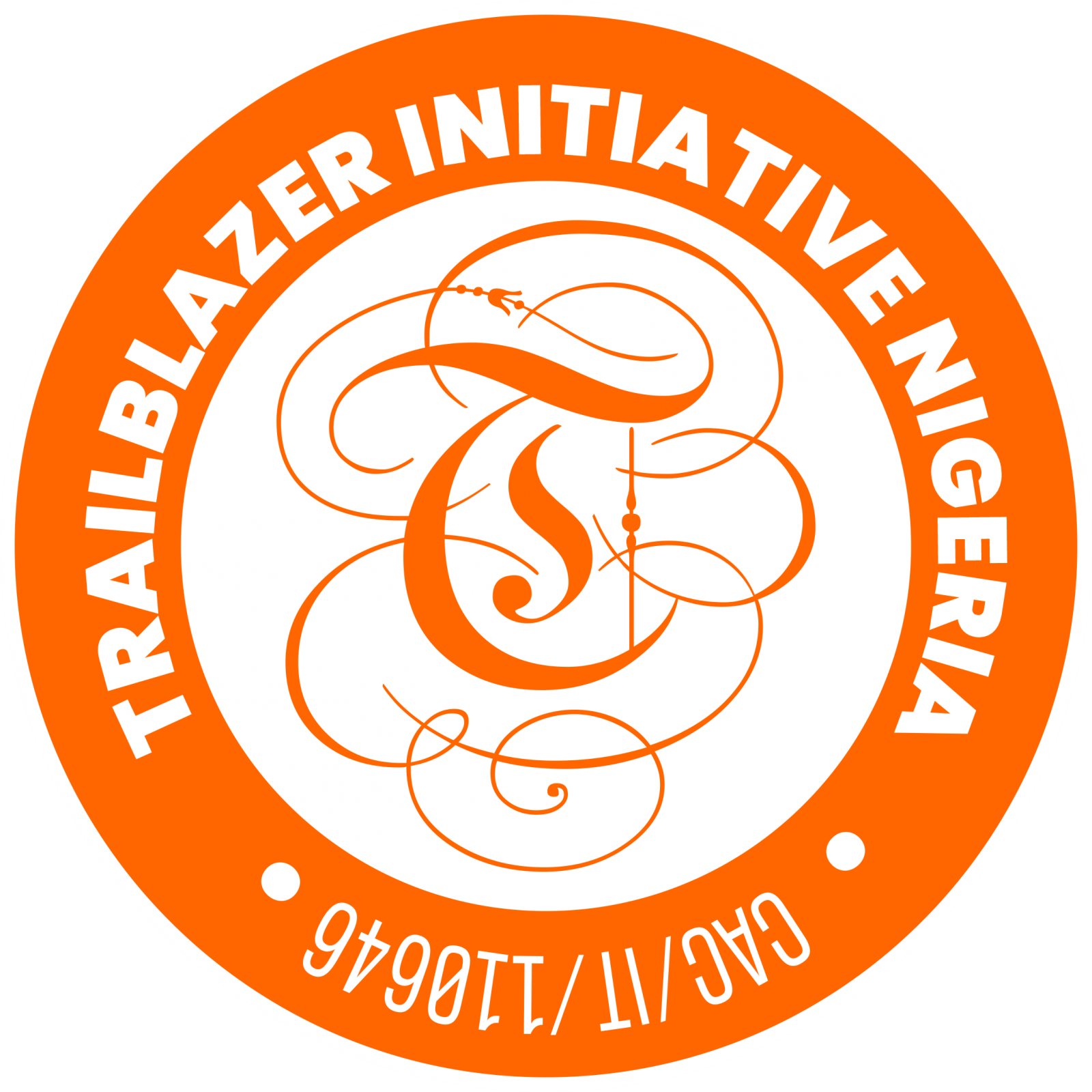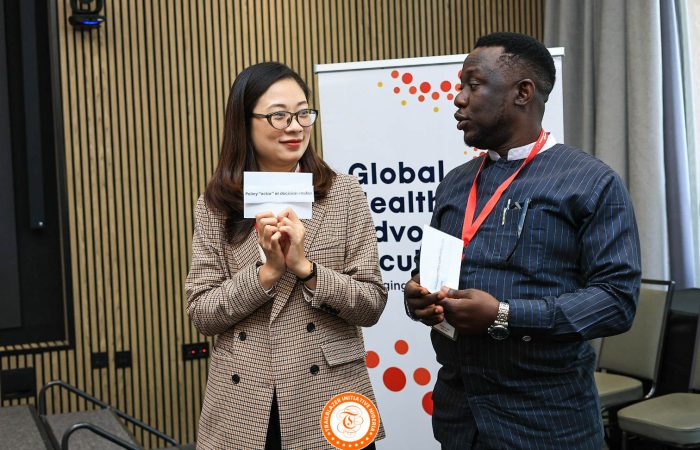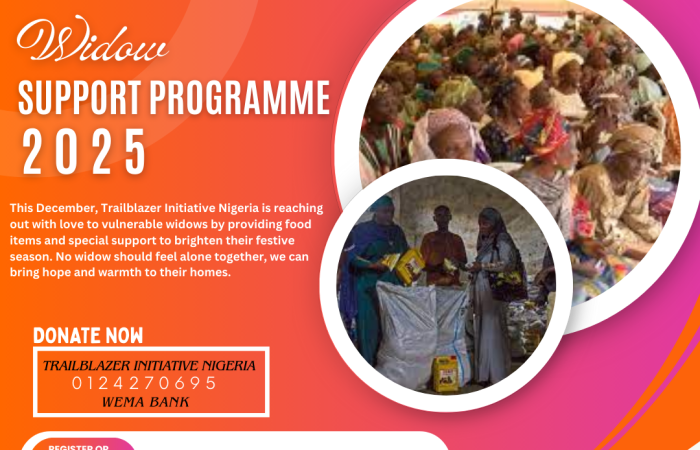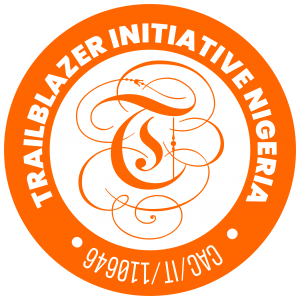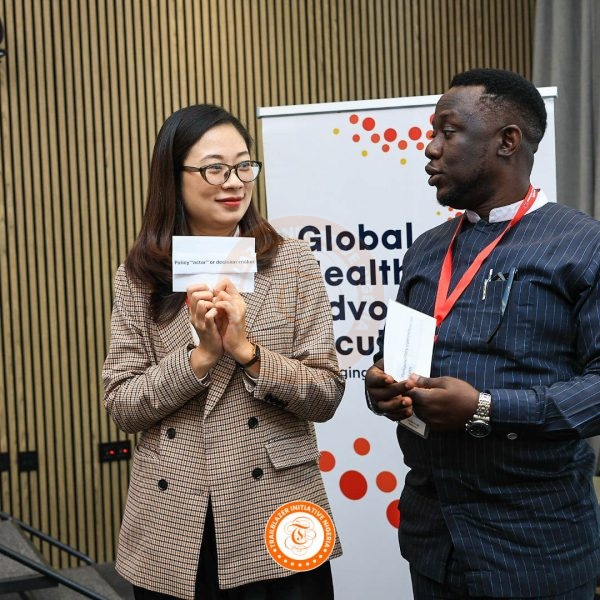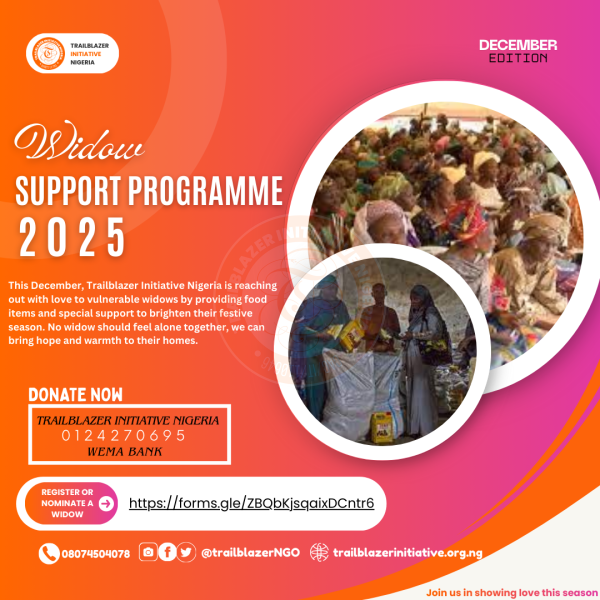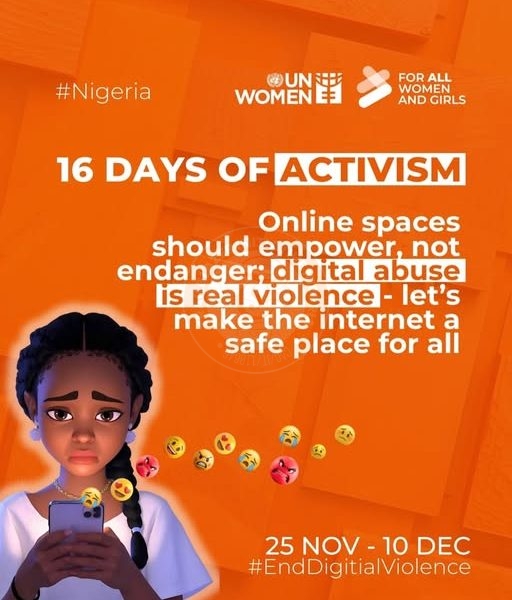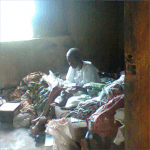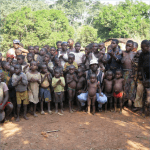What is a Gender-based Analysis (GBA)?
A gender-based analysis (GBA) is a tool to both understand the local context and to support gender equality. A GBA examines the relationships between men and women, girls and boys, their access to resources, their activities, and the constraints they face relative to each other in a particular context. It identifies the varied roles played by women and men, girls and boys in the household, community, workplace, political processes and economy. These different roles often result in women having less
access to and control over resources, and less participation and influence in decision making processes.
A GBA also considers how other intersecting identity factors such as race, ethnicity, LGBTQ2I, legal status, ability, language, religion, socio-economic status, and education, affect individual and group experiences, including among women and among men. Gender equality is not exclusively about women’s or girls’ issues and is not only about working with or for women and girls. Men’s and boys’ engagement is critical.
A GBA provides key planning information for an initiative to define project objectives and activities that support gender equality, and is essential in ensuring that an initiative is based on evidence and analysis rather than assumptions. If a gender based analysis is not conducted, the project could unintentionally reinforce gender inequalities. The achievement of project results and their sustainability could also be
negatively affected by not recognizing and addressing gender-based barriers to equality.
Step-By-Step Review of GBA Questions in application for funding
Question #1 and question #2 may be answered together (i.e. combined into one response) given that other identity factors (such as, race, religion, and age) intersect with gender and affect the experiences of women, girls, men and boys.
Question #1: How are women, men, boys and girls affected differently by the problem your project is seeking to address?
In any particular context, women, men, boys and girls experience life differently or similarly based on gender. Your response to this question should share the main finding of your gender-based analysis (GBA) (as defined above) that is specific to your project context and objective. For example, if your project is addressing the issue of climate change in a local community you may find that women and girls are disproportionately affected by climate change, relative to men.
For example:
- Climate change has a significant impact on securing household water, food, and fuel, which are activities that are usually the responsibility of women and girls;
- Girls are the first to drop out of school to help their mothers secure food and water, compared to boys;
- Women’s lack of economic empowerment means that women have less savings and resources to support themselves, compared to men, during times of drought and rainfall; and, the poorest women in a marginalized ethnic minority group have even less access to resources to fall back on.
- Women, girls and boys will be less likely than men to migrate and leave a local community affected by climate change due to caregiving responsibilities (caring for children, elderly, and sick family members).
As such, if your project is holding community-level workshops to discuss climate change adaptation strategies, women and girls should be included in discussions since they have specific viewpoints, needs, and interests.
Question #2: How do other identity factors of women, men, boys, and girls influence their experiences of the problem?
As noted above, other identity factors ( such as race, ethnicity, LGBTQ2I, legal status, ability, language, religion, socio-economic status, and education) intersect with gender and may further affect individual and group experiences, including among women and among men. These various identity factors may influence how diverse groups of men and women experience the problem you are seeking to address.
When carrying out your consultations, gathering information, and conducting your analysis, you may want to consider how different identity factors contribute to how your project beneficiaries experience a problem. Projects and activities may be designed with these specific experiences and needs in
mind. Identity factors you may consider, include, but are not limited to:
- Race
- Ethnicity
- LGBTQ2I
- Legal Status
- Ability
- Language
- Religion
- Socio-economic status
- Education
Examples:
- Rural women may face greater barriers to voting than urban women because they have to travel farther to reach voting booths. Greater distance increases the risk of sexual and gender-based violence during travel. If your project aims to address low voter turnout among women you may want to implement activities that address the particular challenges faced by rural women, such as: lobbying for a voting stations closer to the community; and engaging the community to ensure the security of women while traveling and returning from voting stations, and while at them.
- Refugees from a religious minority group may have particular psychological needs due to the specific form of oppression and violence they have experienced. If yourproject is providing psychological support to refugees you will need to understand the experience of female refugees vs male refugees. You may also consider how female and male refugees from a religious minority group have particular needs. This will inform how to respond to the needs of different groups through the type of psychological support you are providing.
Question #3: a) Were women and/or girls consulted on the project? Describe who was consulted and how.
- Consultations help implementing organizations better understand the realities of the women, girls, men and boys whose lives may be impacted by planned projects. If you are involved in activities that have the power to change the local context and people’s lives, it is essential to ensure those activities are
informed by voices of the individuals you are targeting. Consultations are also recommended to ensure projects are not based on wrong assumptions. - In particular, women and girls are often excluded from planning and consultation processes related to development activities, or they attend and are not asked to speak, or they speak and are not heard. As such, consultations with women and/or girls support their empowerment and recognize women and girls as critical agents of change in their societies.
- Consultations can include, but are not limited to:
- speaking to women and/or girls from the local community;
- speaking to women and other individuals who work for civil society organizations that have worked in the local community; and,
- speaking to female and male decision and change-makers who have knowledge of the local community.
If you are unsure about the type of questions to ask during consultations here are some ideas: (Note that applicants are not required to ask all of the questions below. They are only provided as examples.)
- What problems do you experience in your community and/or sector?
- How does the problem affect you and other women and/or girls?
- Does the problem affect men and/or boys differently?
- Do women and men have equal access to and control over resources?
- What are solutions to the problem (insert the issue your project is addressing)?
- What role would you (women and or girls) want to play in the solution and how the project will implement it?
- How could men and/or boys be engaged to implement the solutions to the problem the project is seeking to address (ex: gender inequalities)?
b) How have you considered facilitating the participation of women and/or girls in the project? In what roles?
In order to encourage the participation of women and/or girls in project activities, applicants should reflect on barriers that may prevent equal participation. Projects should try to incorporate strategies to overcome these barriers.
- Are there certain cultural constraints and supports to equal participation in specific activities by women and men?
- Did consultations with women and/or girls identify any barriers toparticipation and recommendations on how to address them?
Due to gender inequalities, some special efforts and resources may be required to encourage and facilitate the participation of women and/or girls in project activities or as implementers of activities.
- Examples: holding targeted workshops for women and/or girls; holding activities during certain days/times of the day; getting buy-in from men and/or boys, community leaders, and traditional leaders; providing childcare during the course of project activities or allowing children to attend activities, etc.
Question #4:
a) How did you incorporate the findings from your gender-based analysis (responses to question #1 and #2) in the project design?
Findings on the different ways that diverse groups of women and girls, and men and boys experience the problem (detailed in your responses to question #1 and #2) should be incorporated into the project design, where relevant to the project. For example, if in your GBA you determined that women journalists, particularly women indigenous journalists, experience barriers in accessing information and publishing, as well as sexism in their workplace, you may want to try and address this issue in your project activities.
This could include: (1) incorporating a moduleon gender equality in a conference, training, and/or workshop; (2), ensuring at least 50% of participants are women journalists at your conference, training, and/or workshop, and inviting female speakers; (3) holding meetings with prominent male journalists to communicate issues of gender inequality in journalism and providing tips for addressing this challenge.
b) Has the feedback from the consultations with women and/or girls (question #3a) shaped the project design?
Feedback from consultations with women and/or girls (question #3) should be incorporated into the project design, where relevant to the project. In this section applicants should describe what feedback they incorporated in the project design and how. It is not useful simply to consult with women and/or girls if their viewpoints and suggestions are not heard and acted on.
